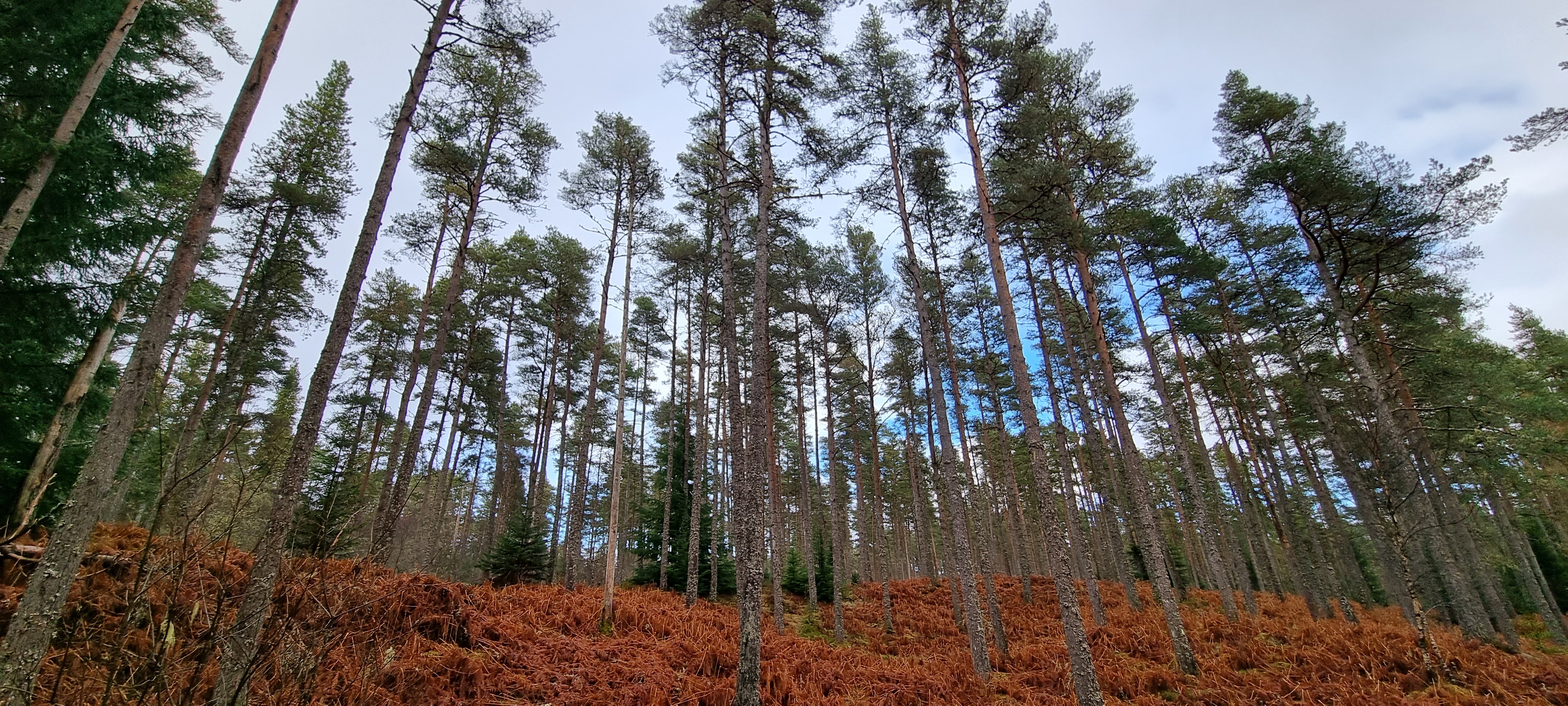Premiums
With modern harvesting machinery, windblown timber can be harvested and brought out to sale. This has meant many people have been resistant to buying windblow insurance as it has been seen as an unnecessary expense when the windblown timber will maintain its value.
However, the timber can still lose value in a variety of ways:
- the working costs of windblow are higher than normal,
- windblow timber can be snapped, split and twisted so it may be downgraded from log quality to chip quality,
- Windblown timber may be premature so there is a loss of the additional value and weight it would have added if it has grown to commercial maturity.
- Some species such as pine have a short time window to be processed before they begin to develop blue stain.
Therefore it is important to insure trees vulnerable to value loss, as explained by Rory Gibson from Lycetts insurance brokers, “Depending on the policy you take I would always advise insuring where you might lose the majority of market value. For example, with trees between the ages of 20 and 35, you will statistically lose the highest proportion of value as you are less likely to get the right length saw log and there will be a loss of green timber.”
Rory goes on to explain how these policies provide value by recouping the value lost and not the full value of the crop.
“The differences in the policies really comes down to whether your policy allows you to retain the salvage or not. That will dictate the value you need to insure against. For example I have a lot of clients who will only insure 50% of the market value for older timber, as they are confident the salvage in the event of a blow will still reach about 50% of the expected value.”
Certification
The widespread windblow has also resulted in an increase of timber coming to market, pushing demand and prices down. Therefore it is important to make your timber as marketable as possible. Eco-credentials and sustainability are playing an increasingly big role in consumers’ buying habits, pushing the industry as a whole to recognise the value in being able to demonstrate that the timber used in products is traceable to a responsibly managed, sustainable source.
Forest management certification confirms that woodland is being managed in a way that preserves natural ecosystems, benefits local people and workers and ensures sustained economic viability. In the UK there are two forest certification schemes run by the Forest Stewardship Council ® and the Programme for Endorsement of Forest Certification. Both the FSC and PEFC schemes have endorsed the UK Woodland Assurance Standard (‘UKWAS’) as the benchmark for compliance and award of certification. Forests can be assessed independently or, to achieve cost savings, by joining a group scheme.
Forest certification can bring many benefits including higher prices for timber and access to markets with faster uplift of timber from the forest. Additionally the certification audit process provides forest managers and owners with an independent assessment of compliance with the law, forestry codes of practice and guidelines.
Additional income
Smaller or less commercially focused forest owners’ timber will often not be certified as the cost involved will be greater than the potential additional income from harvesting.
In order for a mill to sell a product as certified, it must be made up of at least 70% certified material. Therefore in times where supply of timber is very high and many mill’s log yards are full, such as now, certified timber is becoming the only timber they will accept.
Whilst windblow damage to woodlands has been fairly common, the severe storms we have experienced over the past couple of months have highlighted the potential loss of value and income which can be caused from windblow damage to many forest owners.
Whilst it is impossible to predict the weather and stop trees being damaged in storms, it is possible for forest owners to protect themselves against potential future losses and to maintain the value in their woodlands.
- Natural Capital: The expert team of advisers at Galbraith guide our clients in realising value in all land uses – by assessing and measuring natural assets, furthering opportunities in biodiversity net gain, and ensuring stakeholders are rewarded fully for their investment in and contribution to delivering ecosystem services and net-zero outcomes.
